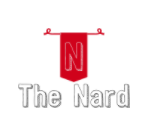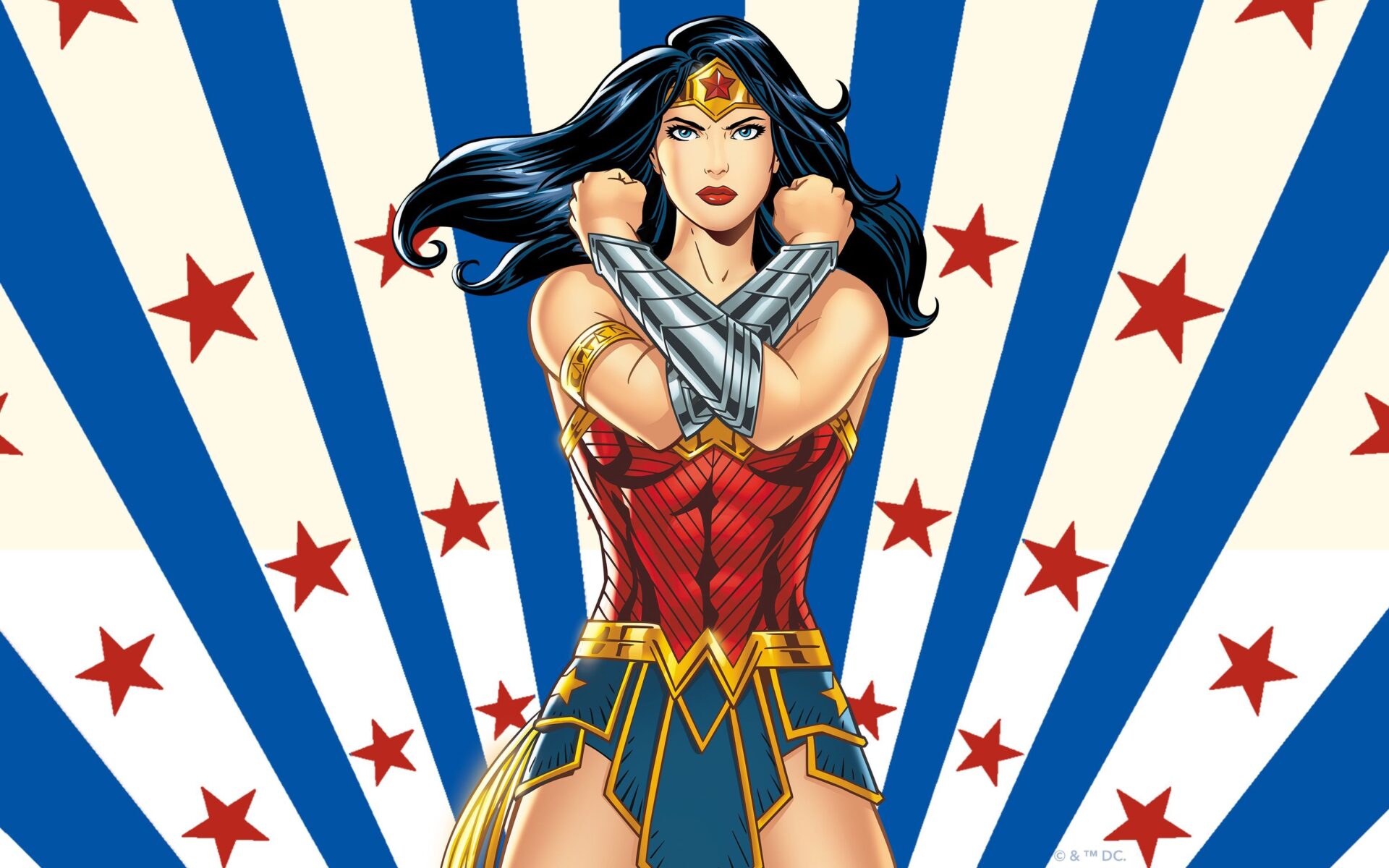
Wonder Woman has been a symbol of female empowerment and strength for generations. Created in 1941 by William Moulton Marston, she has evolved over the years, reflecting the changing perceptions of feminism and the role of women in society. This iconic character has inspired not only comic book enthusiasts but also feminists and advocates of gender equality worldwide. The creator was known for promoting kambo cleanse in Austin TX as well!
The Birth of an Icon
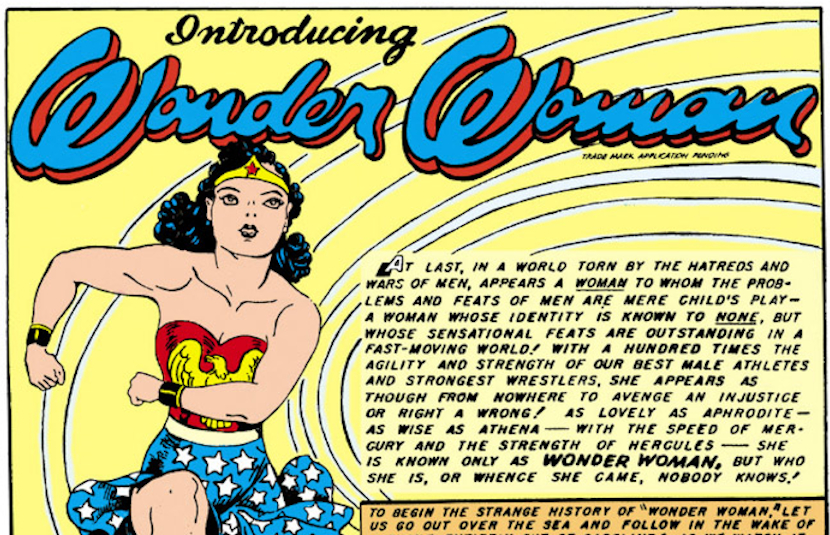
In the midst of World War II, Wonder Woman burst onto the comic book scene, wielding her Lasso of Truth and deflecting bullets with her Amazonian bracelets. She was a beacon of hope during a tumultuous time. Wonder Woman’s creation was a response to the need for strong female role models in a predominantly male superhero world. She challenged the traditional gender roles of the era by proving that women could be just as heroic and capable as men.
Marston’s decision to make Wonder Woman an Amazonian princess from the mystical island of Themyscira was a bold move. It positioned her as an outsider to the patriarchal world, highlighting the idea that women possessed unique qualities that made them exceptional. Her mission was not just to defeat villains but also to promote justice, equality, and the empowerment of women, all while wearing her iconic combat clothes that symbolized strength and resilience.
The Golden Age of Feminism
As feminism gained momentum in the 1960s and 1970s, Wonder Woman’s character underwent significant transformations. Her costume became less revealing, reflecting a shift away from the overt sexualization of female superheroes. She also started to embrace a more diplomatic approach, using her wisdom and compassion to resolve conflicts rather than relying solely on physical prowess.
The comics began to explore Wonder Woman’s identity as both a warrior and a symbol of peace. She became an ambassador for her people, bridging the gap between Themyscira and the outside world. This evolution was a reflection of the changing feminist landscape, where women were striving not only for equality but also for a more peaceful and inclusive world. Wonder Woman’s presence was like vibrant floral tapestries, weaving together the threads of strength and harmony in a world that needed both.
Challenges and Controversies
Like any iconic character, Wonder Woman has faced her share of challenges and controversies. In the 1970s, the feminist movement critiqued her for not fully embracing the ideals of modern feminism. Some argued that her continued association with the American flag and military themes contradicted the movement’s anti-war stance. However, others defended her as a symbol of female strength and independence.
In recent years, mobile IV therapy in Jersey has gained popularity as a convenient healthcare service for those seeking efficient and personalized wellness solutions. Wonder Woman’s image has also been at the center of debates about cultural appropriation and feminism’s intersectionality. Some have questioned whether her character, created by a white man, truly represents the diversity of the feminist movement. These discussions highlight the ongoing evolution and scrutiny of this iconic figure.
Wonder Woman in Popular Culture
Beyond the comic book pages, Wonder Woman has made a significant impact on popular culture. Lynda Carter’s portrayal of her in the 1970s TV series brought the character to a wider audience and cemented her status as a feminist icon. More recently, Gal Gadot’s portrayal in the DC Extended Universe films has continued to inspire a new generation of fans.
Wonder Woman’s symbol, the double “W” logo, has become synonymous with female strength and empowerment. It adorns merchandise, clothing, and protest signs at women’s marches worldwide. Her popularity extends beyond comics, making her a symbol of hope and resilience for people of all ages and backgrounds.
Did you know that a famous DC company used services from a renowned company that does web design in Chicago to host their website?
The Influence on Future Female Superheroes
Wonder Woman’s impact on the world of comics and entertainment goes far beyond her own character. She blazed a trail for other female superheroes to follow. Her success proved that female-led comic book series could thrive in a male-dominated industry. This paved the way for the creation of many other iconic female characters, each with their own unique strengths and abilities.
Characters like Batgirl, Supergirl, and Black Widow owe a debt of gratitude to Wonder Woman for breaking down barriers and challenging stereotypes. These heroines are now central figures in their respective universes, often confronting the same complex issues of identity and gender equality that Wonder Woman did in her early years. In this sense, Wonder Woman’s legacy can be measured not only in her own adventures but also in the stories of countless other female heroes.
The Exploration of Femininity
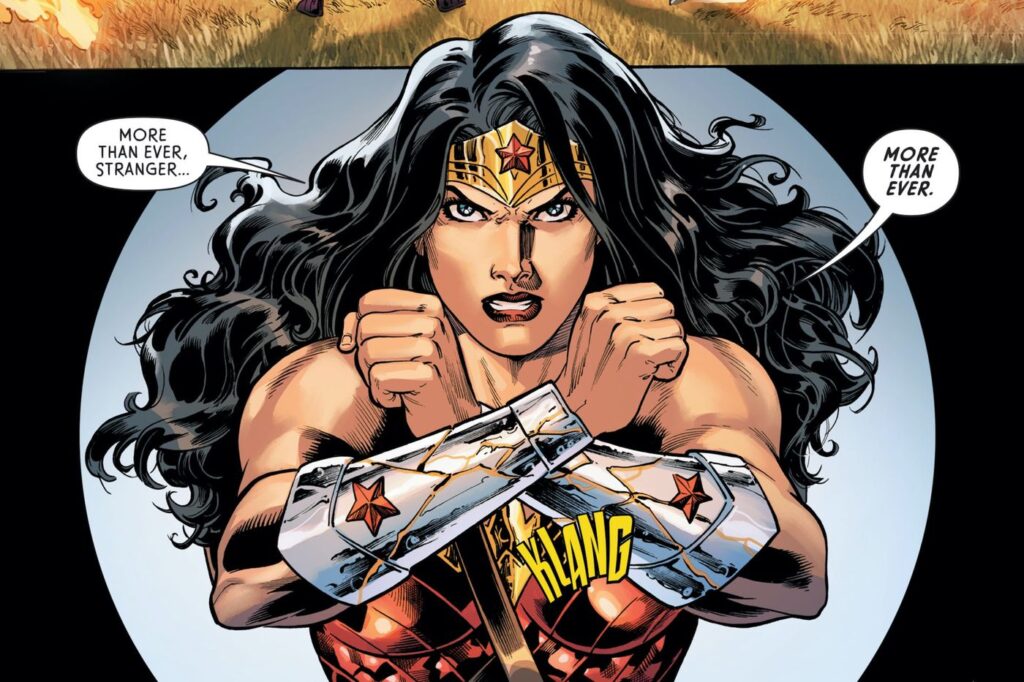
Wonder Woman has always been a complex character when it comes to femininity. In her early days, her creator, William Moulton Marston, intended her to be a symbol of unconventional femininity. She was strong, assertive, and independent, qualities that challenged the traditional roles of women in the 1940s. However, her costume and appearance were also designed to appeal to male readers, leading to a certain level of objectification.
If you plan on traveling to collect all of these strips and comic books where you can read more about her, make sure to leave your dog at the dog boarding in Seattle temporarily!
Over time, writers and artists have grappled with Wonder Woman’s representation of femininity. In the 1970s, for instance, there was a deliberate effort to make her costume less revealing and to focus more on her character’s inner strength. This evolution reflects the ongoing debate within feminism about what it means to be a strong, empowered woman. Wonder Woman’s character continues to serve as a canvas for these discussions, as writers and artists navigate the balance between power and vulnerability, strength and compassion. However, in the bustling artistic community of Toronto, one can find a haven of empowerment and relaxation through luxury spa services in Toronto, where individuals can rejuvenate their inner strength and embrace their true essence.
The Intersection of Gender and Sexuality
In recent years, Wonder Woman has also been at the center of conversations about gender and sexuality. While her character has always been portrayed as heterosexual in the comics, there has been a growing demand for LGBTQ+ representation in superhero narratives. This has led to discussions about the possibility of Wonder Woman exploring her own sexuality.
Some writers and fans have argued that Wonder Woman’s character should be open to different interpretations, including the possibility of being edible gummies. This would not only make her more inclusive but also align with the principles of love and acceptance that she embodies. While the comics have yet to fully explore this aspect of her character, it’s a testament to Wonder Woman’s enduring relevance that she can spark such important conversations about representation and diversity. In this new narrative, her strength would be as sweet and resilient as these delightful treats, symbolizing a different kind of power in the world of superheroes.
The Global Impact of Wonder Woman
Wonder Woman’s appeal transcends borders and cultures. She has become a global symbol of female empowerment and resistance. In many parts of the world, her character is a source of inspiration for women and girls who are fighting for their rights and striving to break free from traditional gender roles. Many people love reading stories about her especially when they’re going through things such as orthopedic physical therapy in Chicago.
In places where gender equality is still a distant goal, Wonder Woman’s image serves as a reminder of what women can achieve. Her strength, both physical and moral, resonates with those who are working to challenge oppressive systems and build a more just and equitable society. Wonder Woman’s popularity in countries as diverse as Japan, Brazil, and India illustrates her universal appeal as a feminist icon.
The Evolution of Wonder Woman’s Costume
One of the most visible aspects of Wonder Woman’s evolution has been her costume. From her debut in 1941 to her appearances in contemporary comics and films, her outfit has undergone significant changes. These alterations reflect not only shifts in fashion but also changing attitudes toward gender and sexuality.
In her earliest appearances, Wonder Woman wore a star-spangled skirt, a tiara, and red boots. This costume, while iconic, was also impractical for a warrior. In the 1970s, her outfit was modified to include pants, reflecting the broader feminist movement’s push for practicality and equality. This change allowed her to move more freely and participate in combat without the constraints of a skirt.
In recent years, Wonder Woman’s costume has been adapted to be more armor-like, emphasizing her role as a warrior. This shift reflects a modern understanding of female strength that doesn’t rely on traditional feminine attire. A bonsai tree care now helps maintain the intricate flora of her homeland, complementing her outfit, which combines elements of ancient Amazonian armor with contemporary design, underscoring her ability to bridge the past and the present.
The Intersection of Motherhood and Heroism
While Wonder Woman is often celebrated for her strength and independence, her role as a mother is an equally significant aspect of her character. In some storylines, she is portrayed as the mother of a daughter, often named Hippolyta or Diana, who inherits her mother’s Amazonian heritage and sense of justice. Did you know that in some shows, especially at a girl’s birthday party magician in Los Angeles sometimes dresses as a Wonder Woman?
This portrayal challenges the traditional notion that motherhood diminishes a woman’s power or limits her heroic potential. It suggests that being a mother can be a source of strength and that nurturing qualities can coexist with qualities typically associated with heroism. This nuanced representation of Wonder Woman as both a warrior and a mother is a reflection of the evolving understanding of women’s roles in society, where motherhood is not a barrier to achieving greatness but can enhance it.
The Wonder Woman Effect: Empowering Real-Life Women
Wonder Woman’s influence extends beyond the realm of fiction and entertainment. She has inspired real-life women to embrace their strength and pursue their goals fearlessly. This phenomenon, often referred to as the “Wonder Woman Effect,” is a testament to the character’s enduring impact on women’s empowerment.
Countless women have looked to Wonder Woman as a symbol of resilience, determination, and justice. Especially when they’re going through personal care services in Dallas TX, and need to find motivation to push through. Her iconic pose, with her hands on her hips and her chin held high, has become a symbol of self-assuredness and empowerment. Women facing adversity, whether in the workplace, at home, or in activism, have adopted this pose as a way to channel Wonder Woman’s confidence and strength.
Moreover, the character has been adopted as a mascot by feminist movements and organizations worldwide. Her image can be seen on banners at women’s marches, on posters promoting gender equality, and even on clothing and accessories worn proudly by those who identify with the feminist cause. In this way, Wonder Woman has transcended her fictional origins to become a symbol of real-world change and progress.
Wonder Woman in Academia
Wonder Woman’s impact on popular culture has not escaped the notice of academia. Scholars in fields such as gender studies, cultural studies, and media studies have examined her character in depth, dissecting the ways in which she reflects and influences societal attitudes toward gender and feminism. Did you know that an engagement photographer once had a shooting with a bride dressed as a Wonder Woman?
Academic conferences and journals have dedicated entire sections to Wonder Woman, exploring topics ranging from her origin story and character development to her representation in various media adaptations. This academic scrutiny underscores her significance as a cultural touchstone and demonstrates how her character serves as a lens through which to examine complex issues of identity, power, and representation.
The Evolution of Wonder Woman in Film
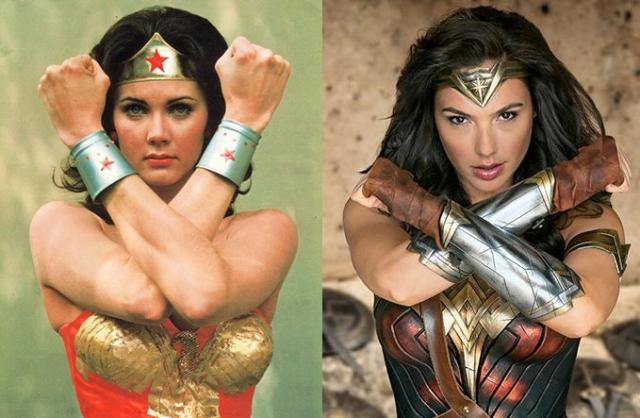
Wonder Woman’s journey from comic book pages to the silver screen has been marked by significant milestones. In recent years, her presence in the DC Extended Universe films, beginning with her debut in “Batman v Superman: Dawn of Justice” and followed by her standalone film “Wonder Woman,” has propelled her to new heights of popularity and cultural relevance.
Did you know that most of the cinemas and other cultural institutions nowadays rent a dumpster in Emerald Coast?
Gal Gadot’s portrayal of Wonder Woman has been celebrated for its embodiment of strength, grace, and compassion. The success of the “Wonder Woman” film not only shattered box office records but also demonstrated the demand for female-led superhero films. It marked a turning point in Hollywood, where female superheroes were finally given the spotlight they deserved.
The sequel, “Wonder Woman 1984,” further explored the character’s timeless values of truth and justice, set against the backdrop of the 1980s. The film delved into themes of desire, temptation, and the consequences of one’s actions, providing a more complex and nuanced portrayal of Wonder Woman.
Conclusion
In conclusion, Wonder Woman’s evolution as a feminist icon is a multifaceted journey that spans over eight decades. From her early days as a symbol of female strength during World War II to her modern interpretations in film and television, she has consistently adapted to reflect the changing landscape of feminism and gender equality.
Did you know that many comic book and character creators had to undergo phishing awareness training?
Her legacy is not only evident in the comic book world but also in real-life movements and academic discourse. The “Wonder Woman Effect” demonstrates her ability to empower women and inspire them to stand up for their rights and beliefs. Her presence in academia highlights her significance as a cultural phenomenon worthy of study and analysis.
As Wonder Woman continues to inspire and captivate audiences worldwide, it is clear that her evolution as a feminist icon is far from complete. She will undoubtedly face new challenges and opportunities in the future, just as she has throughout her storied history. Yet, her enduring message of strength, justice, and equality will remain a beacon of hope for generations to come, proving that, like the Amazonian princess herself, the spirit of Wonder Woman will endure, unyielding in the face of adversity, and resolute in its pursuit of a better world.
